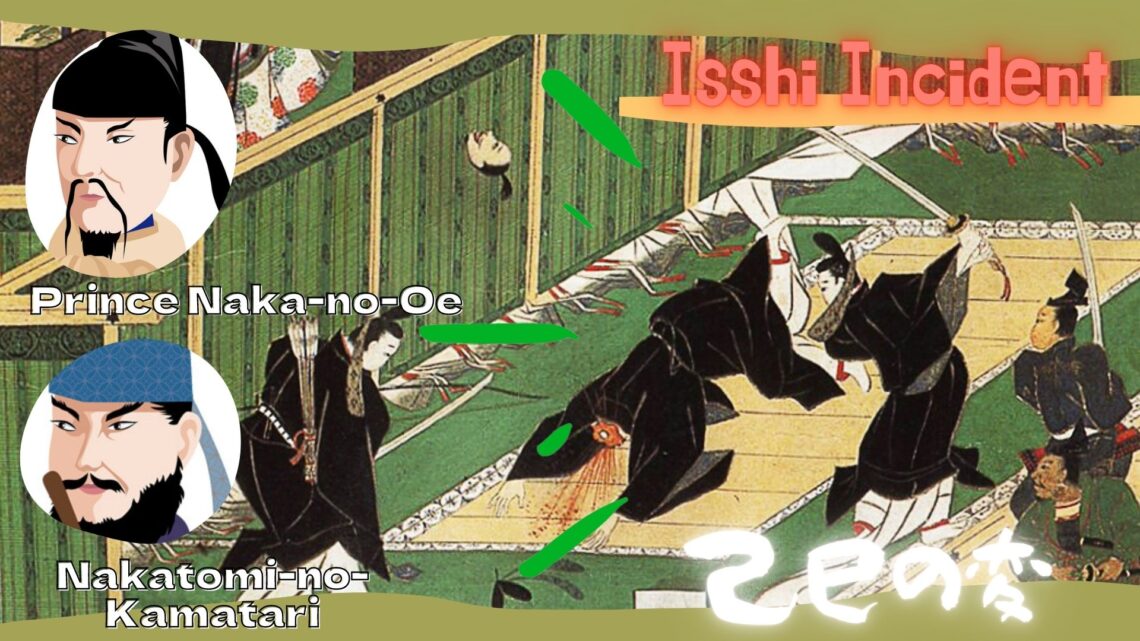
#05 The Taika Reform
Click here to go to the YouTube video
Let’s take a look at how the Yamato government aimed to become a centralized state amid the turbulent situation in East Asia.
In 618, the Tang Dynasty unified China and created a powerful empire. On the Korean Peninsula, there were three countries: Koguryo, Silla, and Baekje. When the Tang Dynasty began to attack Goguryeo, the situation in East Asia became tense.
The Yamato government received information about the international situation from students and monks who returned from China and decided to reform its domestic politics and to create a strong centralized state.
However, to carry out this reform, it was necessary to overthrow the Soga clan, which controlled the emperor and monopolized politics.
In 645, Prince Naka-no-Oe and Nakatomi-no-Kamatari staged a coup d’etat. They succeeded in assassinating Soga-no-Iruka, who was the most powerful man at the time. The political reform that started from this event is called the Taika Reform.
The new government adopted the name “Taika” for the new era. The imperial court then issued an imperial decree of revision to clarify the new political policy including the direct control of the land and people.
When Baekje was destroyed by the combined forces of the Tang Dynasty and Silla, Prince Naka-no-Oe sent an army to the Korean Peninsula to help Baekje recover, but was defeated. He ascended the throne and became Emperor Tenji and proceeded with the reform.
When Emperor Tenji died, a war broke out between his child and his younger brother over the position of the successor. This was the Jinshin War. The younger brother, who won the battle, became Emperor Temmu. He used his great power to push for reforms.
After the death of Emperor Temmu, his empress became Empress Jito and took over the reforms. She built Fujiwara-Kyo, the first advanced capital in Japan.
After the abdication of Empress Jito to his grandson, Emperor Monmu, the Taiho Ritsu-Ryo, or the Taiho Code, was enacted in 701, modeled after the Code of the Tang Dynasty. And a centralized state with the emperor at its center was finally established.
Thank you for reading.






2 Comments
Roberto Wrightington
Greetings! Very helpful advice in this particular article! It’s the little changes that produce the largest changes. Many thanks for sharing!
sat
Thank you so much!